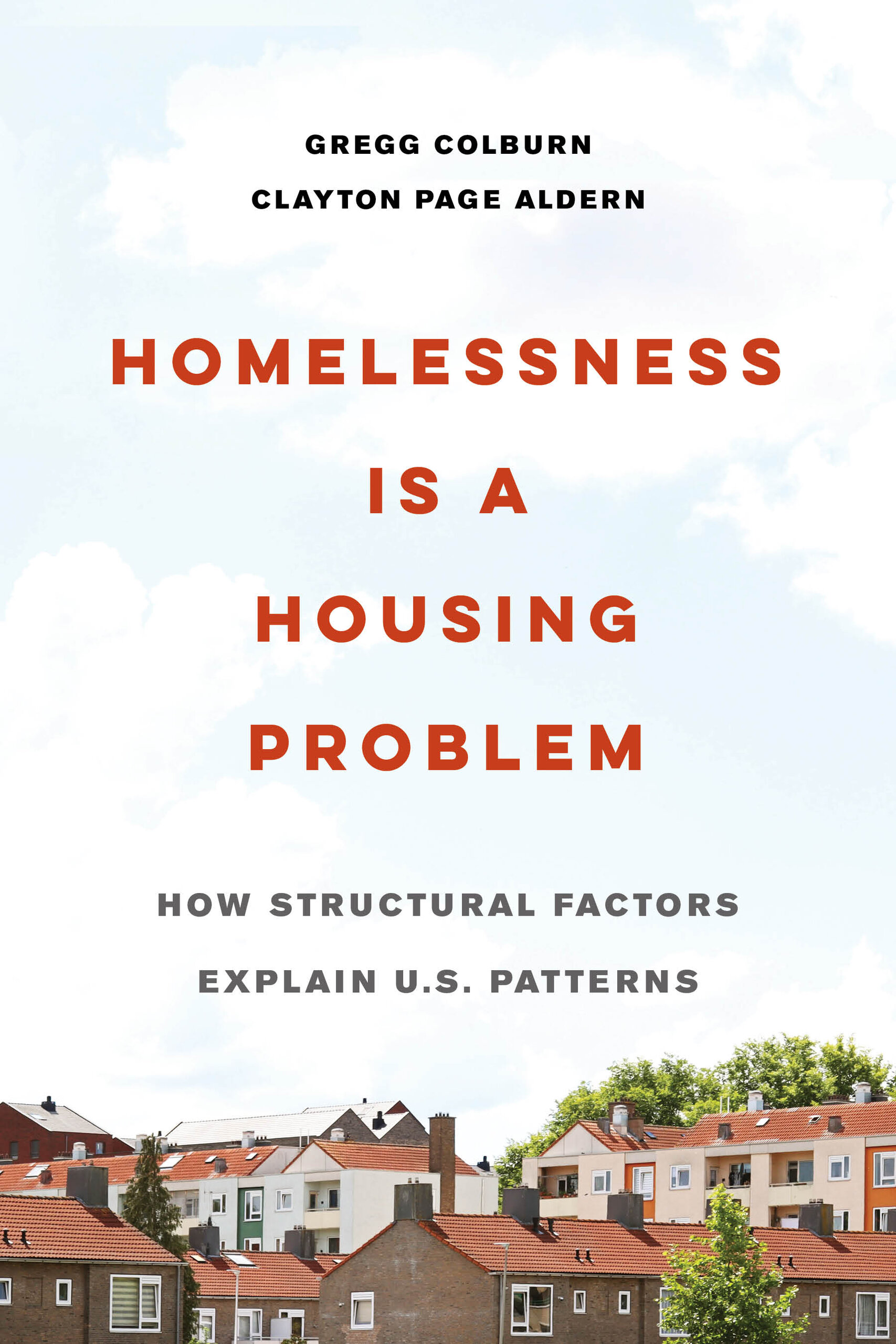* “Your methods are unorthodox.” We agree.
* “Why America can’t build.” This is consistent with our recent piece on how “‘Homelessness is a Housing Problem’: When cities build more housing, homelessness goes down.” Some problems can’t be solved with money alone: money has to be combined with real-world changes. Increasing the number of dollars chasing a scarce good merely increases the price of that good.
* “Granting funding is broken“—something we all know—and this writer has an extremely impractical, non-scaleable way to fix it. But we encourage experimentation; the challenge is that most grant funding is not meant to be “effective”—it is meant to make the grantor feel good, or to achieve other ends. Understand that, and many other seeming peculiarities of the grant making process fall into place.
* Charitable infrastructure and the financial infrastructure surrounding them. Something very important and yet that few of us consider. We’ve talked before about how grantors that care about efficiency will simplify applications and provide templates; those that don’t—which is pretty much all of them—won’t.
* “How Everyone Got So Lonely: The recent decline in rates of sexual activity has been attributed variously to sexism, neoliberalism, women’s increased economic independence, weight gain, sugar consumption, work rates and hours, and more. How fair are those claims?
* “A 4-Year Degree Isn’t Quite the Job Requirement It Used to Be: New research finds companies are starting to rely less on the college filter in hiring.” Smart. Boosting apprenticeships is a good idea; as I write in that piece, having taught college for many years, the problems in contemporary higher ed are real, and go back to a simple “correlation is not causation” point: college grads earned, and still earn, more than non-college grads. But did “graduating from college” cause higher earnings, or did any number of other factors cause higher earnings?
* Efforts to fund science and influence science funding.
* “Los Angeles Homeless Services Authority head quits over employee-pay conflict.” This does help explain some of the bizarre interactions we’ve had with LAHSA over the decades. Yes, LAHSA has been “solving” homelessness for over 30 years, without much success, but they have built an impressive bureaucracy that employs many people.
* Reforming the National Science Foundation (NSF) would be a good idea. And yet more on the NIH.
* Tim Bray on riding his ebike. I have an ebike and it’s great.
* “America’s homebuilding trend (that isn’t).” We need to create housing abundance, but we’re not doing so.
* The odds of winning an NSF grant are going up, while applications submitting to the NSF are down by about a fifth. Why? No one seems sure.
* “Rebuilding my conception of the academic life.” From a psychologist who is joining the University of Austin.
* “Nuclear power can help the democratic world achieve energy independence.” Pretty obvious, but here we are.
* “How Much Health Insurers Pay for Almost Everything Is About to Go Public,” in an important win for price transparency and eventually getting healthcare costs under control. One guy “analyzed 1835 hospital price lists so you didn’t have to,” and he finds that, not surprisingly, hospitals hate price transparency.
* “Energy Superabundance: How Cheap, Abundant Energy Will Shape Our Future.” “Will” seems a bit too definitive.
* “The New Founders America Needs: What I told the first students at The University of Austin.” On the commitment to free speech, thought, and inquiry—the sorts of things that universities are, in theory, supposed to facilitate.
* “Build a Charter School, Get Sued by the Teachers Union: Vertex Academies is set to open next month on the old Blessed Sacrament campus in the Bronx. Its founders, Ian Rowe and Joyanet Mangual, are confident they’ll beat back the legal challenge.” This seems undesirable to me; it’s notable how many cities inhabited by persons who nominally care much for disadvantaged young people, nonetheless trap them in poor performing public schools.
* “One Person, One Task: Who’s in Charge of Your Proposal?” We put similar language about this, and the “directly responsible individual” (DRI), in many applications. We’ve toned down some of the language we used to use about universal contributions, and increased the language we’ve been using about effectiveness. You’ve probably noticed that language about “effectiveness” in this post.


